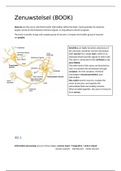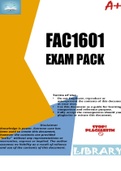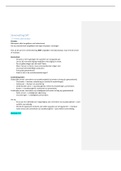Samenvatting
Samenvatting - Molecular genetics (WBBY008-05)
- Instelling
- Rijksuniversiteit Groningen (RuG)
Summary of the lectures of the course Molecular genetics in the bachelor Biology at the Rug. It includes some answers to practise questions with additional explanation.
[Meer zien]










